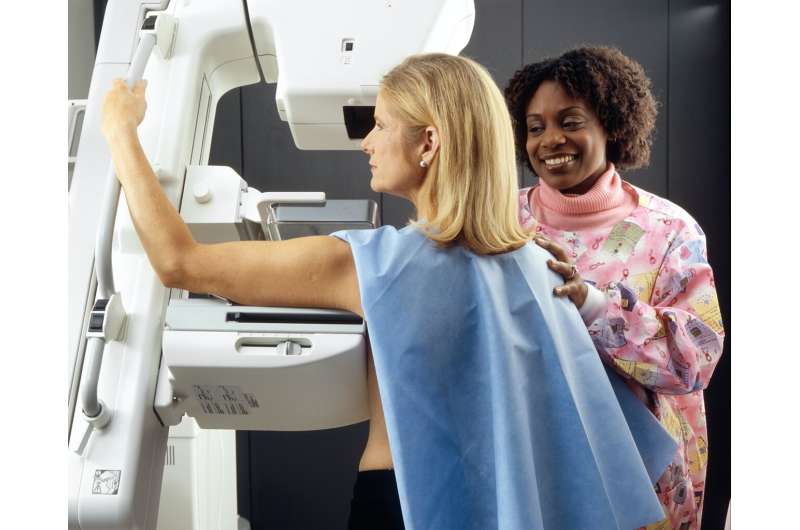With ‘batwing’ mastopexy, more women can undergo nipple-sparing mastectomy

Nipple-sparing techniques can provide better outcomes for women undergoing breast reconstruction after mastectomy—but due to complication risks, these approaches are often not offered to women with sagging or larger breasts. For this group of patients, a “batwing” incision may provide a safer option to nipple-sparing mastectomy (NSM), reports a study in the September issue of Plastic and Reconstructive Surgery.
“Our findings show that a simultaneous batwing mastopexy can be safely performed at the time of immediate breast reconstruction, while providing comparable complication rates and improving the aesthetic outcome,” comments ASPS Member Surgeon Hahns Y. Kim, MD, of Loma Linda University Medical Center.
Batwing mastopexy offers safe approach to NSM in women with ptosis or larger breasts
Nipple-sparing procedures are an increasingly popular alternative for women undergoing mastectomy. In these techniques, the surgeon preserves the nipple and surrounding tissues (nipple-areola complex, or NAC) for use in immediate breast reconstruction using implants. Preserving the NAC allows for a more natural-looking reconstruction, leading to higher patient satisfaction.
However, NSM is generally not offered to women with sagging (ptosis) of the breasts or larger breasts, reflecting concerns about suboptimal aesthetic outcomes and increased risk of complications. The batwing incision—so called because it consists of two semicircular incisions above the nipple, connected by angled “wings” on either side of the NAC—enables the surgeon to perform breast lift (mastopexy) at the same time as mastectomy.
Dr. Kim and colleagues report their experience with batwing mastopexy for NSM in 80 women. About half of patients were undergoing preventive mastectomy due to high genetic risk of breast cancer. Outcomes were compared to those of 244 patients undergoing standard implant-based reconstruction, without preserving the NAC. Women selected for batwing mastopexy had larger breasts and a greater degree of ptosis.
Study participants
An average of 16 months after mastectomy and immediate reconstruction, the two groups of women had similar outcomes. At least one complication occurred in 23.8% of operated breasts in the batwing mastopexy group and 27.5% of the standard reconstruction group. Some minor complications, including hematoma (blood collections) and seroma (fluid collections), were less frequent in the batwing mastopexy group.
Necrosis (tissue death) of the skin or nipple—a more serious complication—was also less frequent in the batwing mastopexy group: 6.3% versus 11.5%. The rate of revision surgery (including fat grafting to improve the aesthetic results) was lower after batwing mastopexy (23.7% versus 30.3%). Other factors such as obesity and smoking were risk factors for skin/nipple necrosis or major infections, but batwing mastopexy was not.
New evidence can improve patient outcomes
The study shows that “complication rates in patients undergoing a simultaneous batwing mastopexy were comparable to those undergoing standard immediate implant-based reconstruction,” the researchers write. Although the batwing technique is not new, the study provides new evidence that it may provide good aesthetic outcomes with no increase in complications in women with larger breasts or ptosis.
Source: Read Full Article
